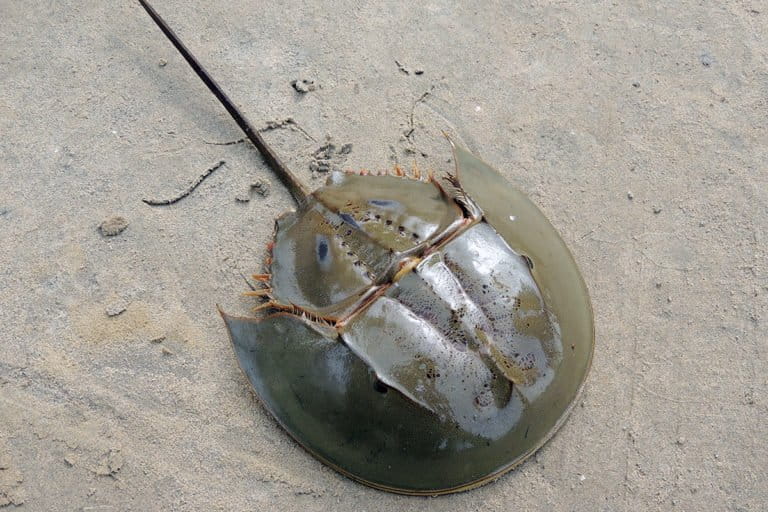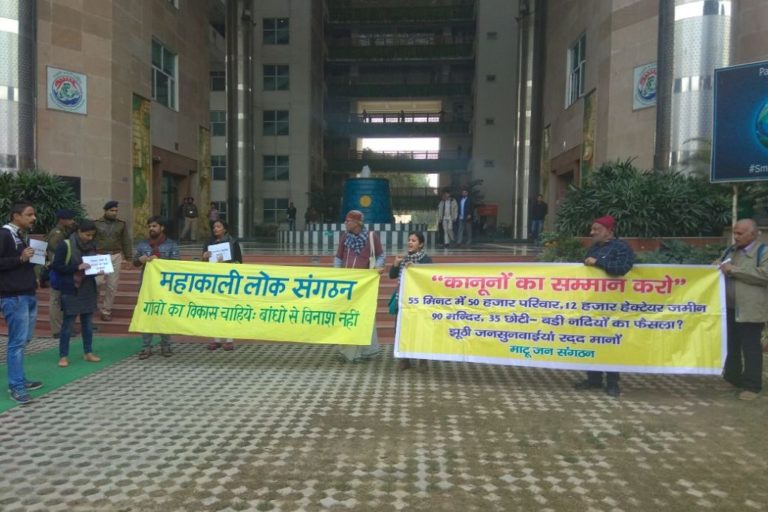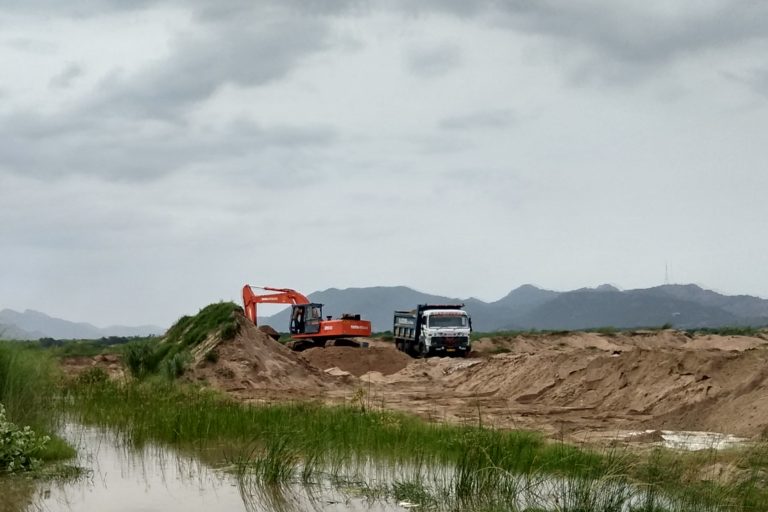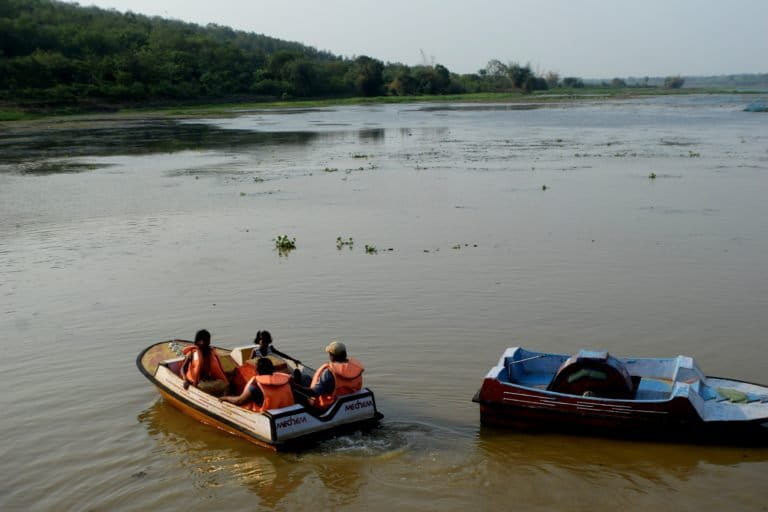This week’s environment and conservation news stories rolled into one.
To receive a weekly email with a roundup of our stories, please sign-up to our newsletter.
A millennial trains to spruce up farming skills, be a change agent
A young woman farmer in Uttarakhand experiments with agricultural technology by diversifying from rice into cropping seasonal vegetables and mushrooms in her greenhouse.
Old Veerappan lair set to be a tiger den
The hideout of former forest brigand Veerappan, in Male Mahadeshwara hills of southern Karnataka, is now turning into a tiger reserve with almost two dozen big cats prowling around.
Insects are disappearing in India, and we don’t even have data
According to scientists, 40% of insect species are likely to become extinct globally in the coming years. Indian entomologists agree that India is witnessing a slump in insect numbers.
Where did insects come from?
In this Environment Explained article, Geetha Iyer elaborates on the evolution of insects and their importance in today’s world.
Indian research network on horseshoe crab takes wing
In India, where two species of horseshoe crabs are found, bycatch in the fishery sector and habitat loss are some of the main threats.
Pancheshwar dam vulnerable to earthquakes in current form, finds study
A recent study cautions that if executed in its present format, the project would face a serious risk from seismic activity and sediment mobilisation.
Plastic ban in J&K opens door for revival of wicker crafts
Jammu and Kashmir’s plastic ban could be a means for the revival of the traditional handicrafts industry, which could provide innovative alternatives to plastic.
The world is extracting sand faster than it can replenish it
The global demand for sand and gravel, led by China and India, stands at 40-50 billion tonnes per year. Unsustainable extraction has led to pollution, flooding, lowering of water aquifers and worsening drought.
Restoration of Ansupa Lake brightens wetland conservation hopes
Thanks to a mechanical weed harvester, Ansupa, the only freshwater lake in Odisha, has been cleared of more than 20 types of freshwater weeds. Fishing and tourism has been restored.
Why is marine conservation still an uncharted zone?
In this commentary, researchers from Dakshin Foundation speak of the need to infuse fresh ideas into training methods of the forest department, with the help of researchers and organisations working in marine spaces.










